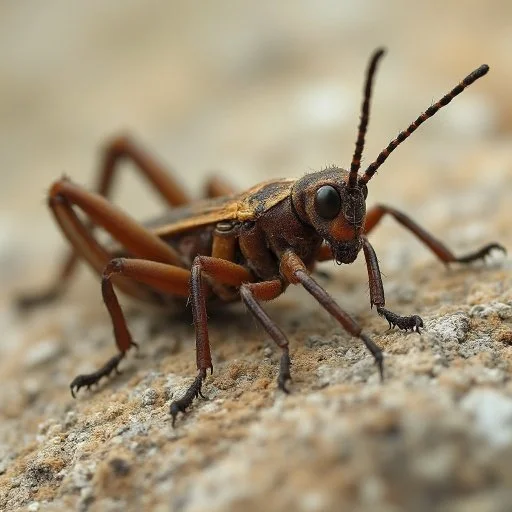Are you tired of those creepy critters?
CRICKETS
In New York (NY) and New Jersey (NJ), several species of crickets are commonly encountered, both indoors and outdoors. Some of the common crickets found in these states include House Cricket, Field Cricket, Camel Cricket, Jerusalem Cricket, and Tree Cricket. These are just a few examples of the common cricket species found in NY and NJ. While crickets are generally considered harmless and do not pose a direct threat to humans, they can become nuisance pests when they enter homes and buildings in search of food, water, and shelter. Signs of a cricket infestation can vary depending on the species of cricket and the severity of the infestation. However, some common signs to look out for include chirping sounds, fecal droppings, damage to plants and other organic materials. Crickets typically do not cause significant property damage like some other pests such as termites or rodents. However, they can still cause minor damage in certain situations such as chewing on structural materials , as well as fabric and plant damage.
To control a cricket infestation we will:
Conduct a thorough inspection of the property to identify the extent of the cricket infestation, as well as the species involved and the areas of highest activity. Pest control professionals will look for signs of cricket activity, such as chirping sounds, visible crickets, damage to plants or fabrics, and nesting sites.
Recommend sanitation measures and habitat modifications to make the property less attractive to crickets. This can include reducing clutter, sealing entry points, repairing leaks, and eliminating sources of moisture and food.
Seal entry points and gaps around doors, windows, and other potential entryways to prevent crickets from entering the home. This can help prevent future infestations and reduce the need for chemical treatments.
Apply residual insecticides to indoor and outdoor areas where crickets are active. These insecticides are typically applied as liquid sprays or dusts and have a residual effect, meaning they continue to kill crickets and other pests for an extended period after application.
Apply insecticides directly into cracks, crevices, voids, and other harborage sites where crickets are known to hide or breed. This targeted approach can help eliminate crickets and their eggs in hard-to-reach areas.
Use bait stations or bait gels to attract and eliminate crickets. Baits are typically placed in areas where crickets are active and contain insecticidal ingredients that are ingested or absorbed by the pests.
Implement monitoring programs to track cricket activity over time and assess the effectiveness of treatment efforts. Follow-up treatments may be necessary to ensure long-term control of cricket populations.
It's important to note that controlling cricket infestations often requires a comprehensive, integrated approach that combines multiple methods and strategies. At EZ Wildlife Management, our pest control professionals have the expertise and experience to develop customized treatment plans tailored to the specific needs of each infestation, ultimately leading to effective control and prevention of cricket problems.
